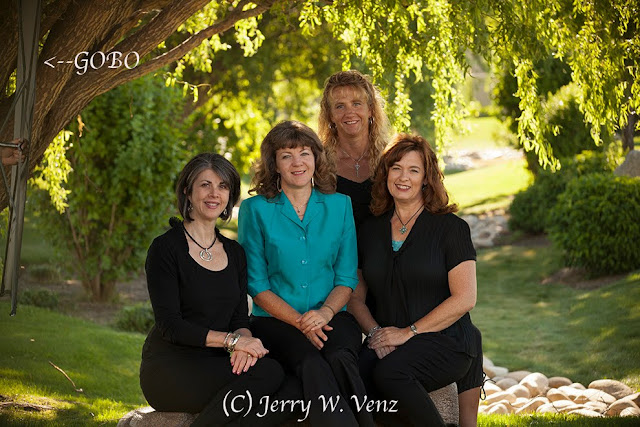In photography, as in most of the visual arts, directional light is the essential ingredient in creating drama, depth, mood, mystery as well as three dimensionality and texture. And when I say directional light I mean light that strikes the subject from any direction other than from the viewers’ (or camera) position. In addition, when outside, using natural light I look for light that strikes my specific subject in a way that highlights its best features. That requires observation on my part to determine the best time of day for that subject.
One of my favorite things to photograph are old farm equipment and machinery—the older the better—and when these things are left outside in the elements they become especially attractive to me! So, when we visited some friends, who live in central California’s farm land, and I saw their old rusted farm machinery I was all over it!
Sitting under a tree was this large rusted, lumber saw…
 |
| f7.1 @ a/500 sec., ISO 400; Lens @ 47mm |
The spotty light, filtering through the tree’s branches and leaves, from directly above skimmed the saw blade’s surface revealing its marvelous textures. I just waited for the most interesting pattern of shadows that accentuated the teeth of the blade.
The other side of this saw was nice too….
 |
|
f20.0 @ 1/80 sec., Iso 400; Lens @ 24mm
|
At the time the light filtering down through the tree was not adequate—the motor that powered the saw had no light on it so I went onto other subjects and came back 30 minutes later for the lighting you see in the above image.
Going in close, using my lens at 24mm, with a very small aperture (f20.0) gave me the depth-of-field to show that cool old motor giving this image a nice foreground and relevant background feature.
This is what I was doing while waiting for good light on the saw…
 |
|
f5.0 @ 1/250 sec., ISO 400; lens @ 45mm
|
Parked in an out building that was open on one side were some old tractors. This soft directional light is what I call Barn Light. The key here is that only open sky (without direct sunlight) is the source of light. This is one of my favorite types of light and it’s easy to work with. However, because the light level is lower a larger aperture, higher ISO and/or a tripod is sometimes needed.
On the other side of the old Ford tractor…
 |
|
f10.0 @ 1/30 sec., ISO 800; Lens @ 15mm
|
I love the grease and grime coating the engine of this old Caterpillar tractor. Since there was barely two-feet between each of these tractors and I wanted to capture this tractor’s treads I used my 15mm Fisheye lens (angle of view: 180 degrees) handheld at f10.0 and bumped my ISO to 800 for a useable shutter speed.
What I want to stress here is that you should not settle for just any kind of light. For dramatic, interesting, fine-art images you must wait for the best light. If it’s not directional you come back later when it is; That’s all there is to it!
That’s it for this week…have a question don’t hesitate to ask…’Til next week.
Author: Jerry W. Venz, PPA Master Photographer, Craftsman
Training site: http://www.LightAtTheEdge.com
Client site: http://www.TheStorytellersUsa.com




































